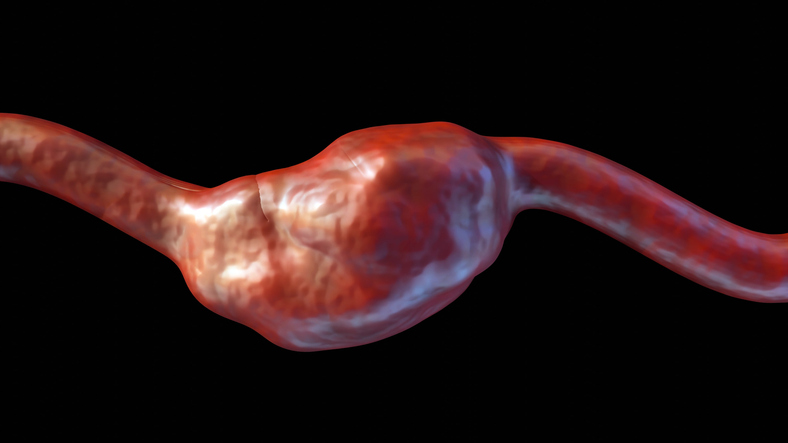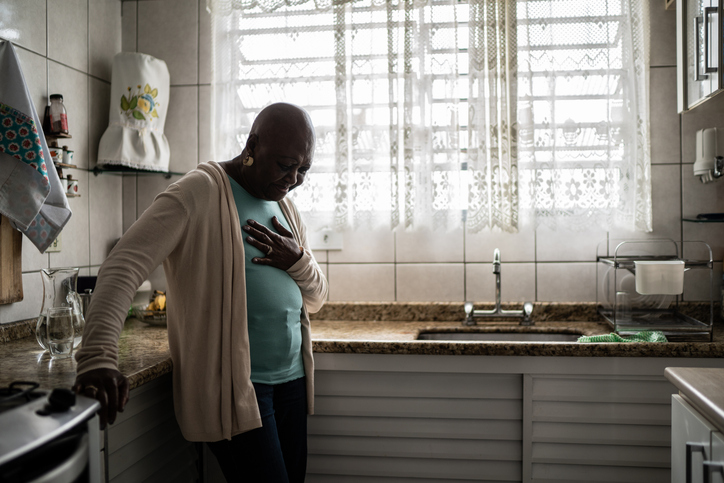
The current national method used to wait-list children for heart transplant fails to consistently rank the sickest patients first, according to a new study led by Stanford Medicine. The results were published in the Journal of the American College of Cardiology.
Researchers assessed data on 12,408 infants and children under 18 years of age who were put on a waiting list for heart transplant between January 20, 1999, and June 26, 2023, in the United States. They analyzed the statistical methods typically used to study markets.
“From the perspective of economics, we think about this fundamentally as an allocation problem,” said Kurt Sweat, PhD, the study’s co-lead author and an economist who conducted the research as a graduate student in economics at Stanford University, via a press release. “We’ve got this scarce resource of donor hearts, and we want to make sure they’re going to candidates who can get the most usage from them. In the case of pediatric heart transplantation, with such high waiting list mortality, what that usually looks like is you want to prioritize patients who are sicker.”
The current waiting list system relies on just a few factors to determine where a child ranks and uses only 3 categories of urgency: 1A, the most urgent status, followed by 1B and 2. Factors used to determine a child’s category include which type of heart problem they have and their current medications.
The investigators compared how transplant candidates were actually ranked on the waiting list with how the candidates would have ranked based on medical emergency. They also considered whether improvements in waiting list outcomes aligned with the allocation changes implemented in 2006 and 2016, which were intended to create a more equitable waiting list system.
Waiting List Categories Aren’t Working
The study showed that one of the reasons the chance of dying on the waiting list decreased during the years analyzed is that children are healthier. At the time of transplant, they were less likely to be supported with a ventilator, extracorporeal membrane oxygenation (which works like a heart-lung machine), or kidney dialysis.
However, the study also found that the medical status of children within each of the 3 categories on the waiting list varied. In fact, the researchers noted, the 3 categories showed significant overlap in the risk of mortality, with some very sick children categorized as priority 2, while others who were not as sick were categorized as 1A, meaning a less-sick child was sometimes offered a donor heart instead of a sicker one.
Moreover, the analysis showed that the 3 waiting list categories are so broad that less-sick children were sometimes offered a heart before sicker children within the same category because they had been on the list longer.
Overall, the findings indicate that the waiting list system needs to revised to account for a broader range of medical factors—such as kidney function, liver function, and malnourishment—and it should use the combination of factors to assign each child a numeric risk score to replace the current 3 categories. “The current system is not doing a good job of capturing medical urgency, which is one of its explicit goals,” said Dr. Sweat. He added that “the important thing is moving toward a continuous allocation score and refining it so you can account for the technological innovation that’s happening in patient care in the meantime.”







 © 2025 Mashup Media, LLC, a Formedics Property. All Rights Reserved.
© 2025 Mashup Media, LLC, a Formedics Property. All Rights Reserved.